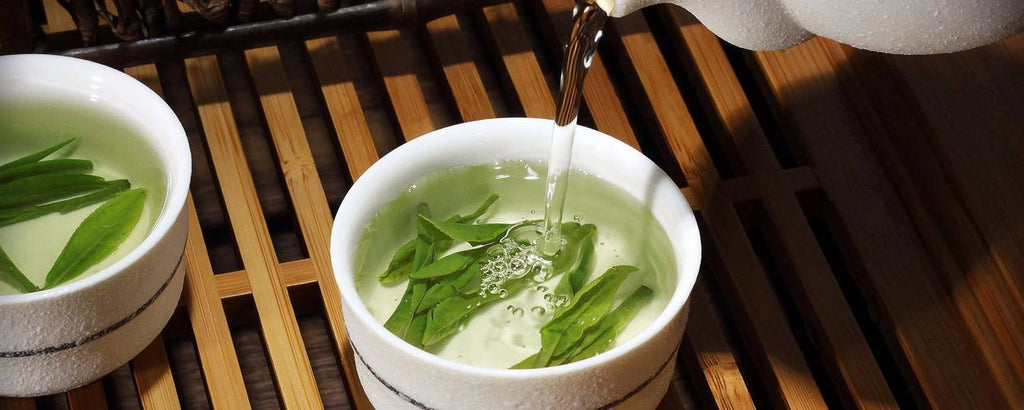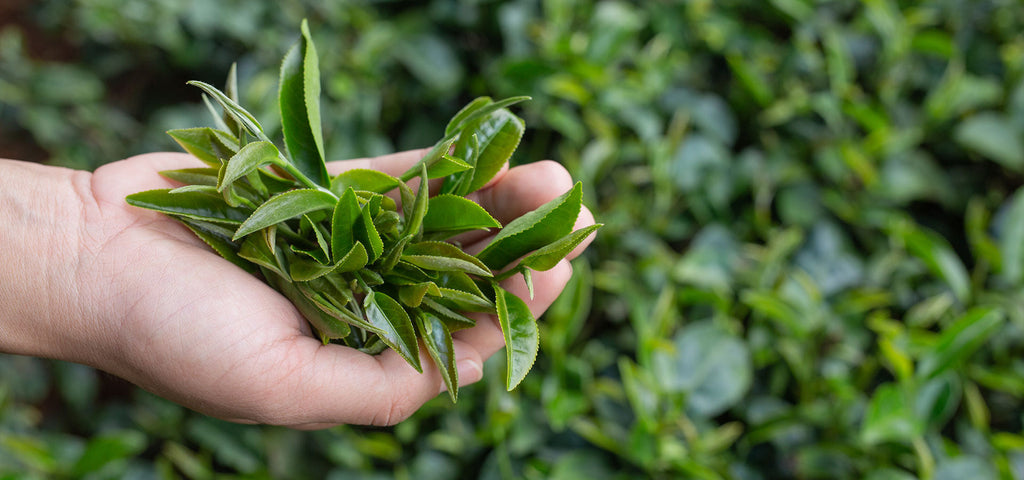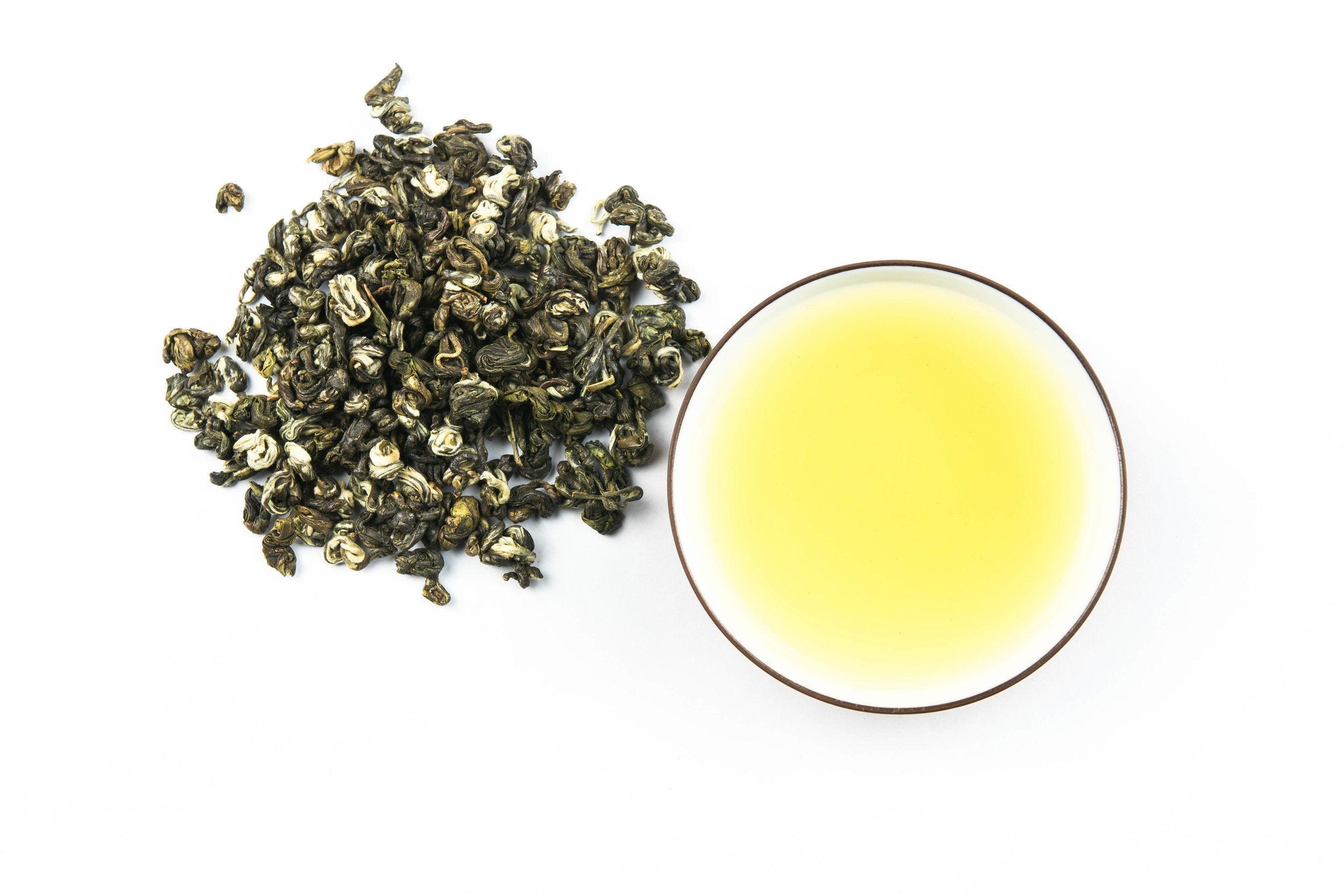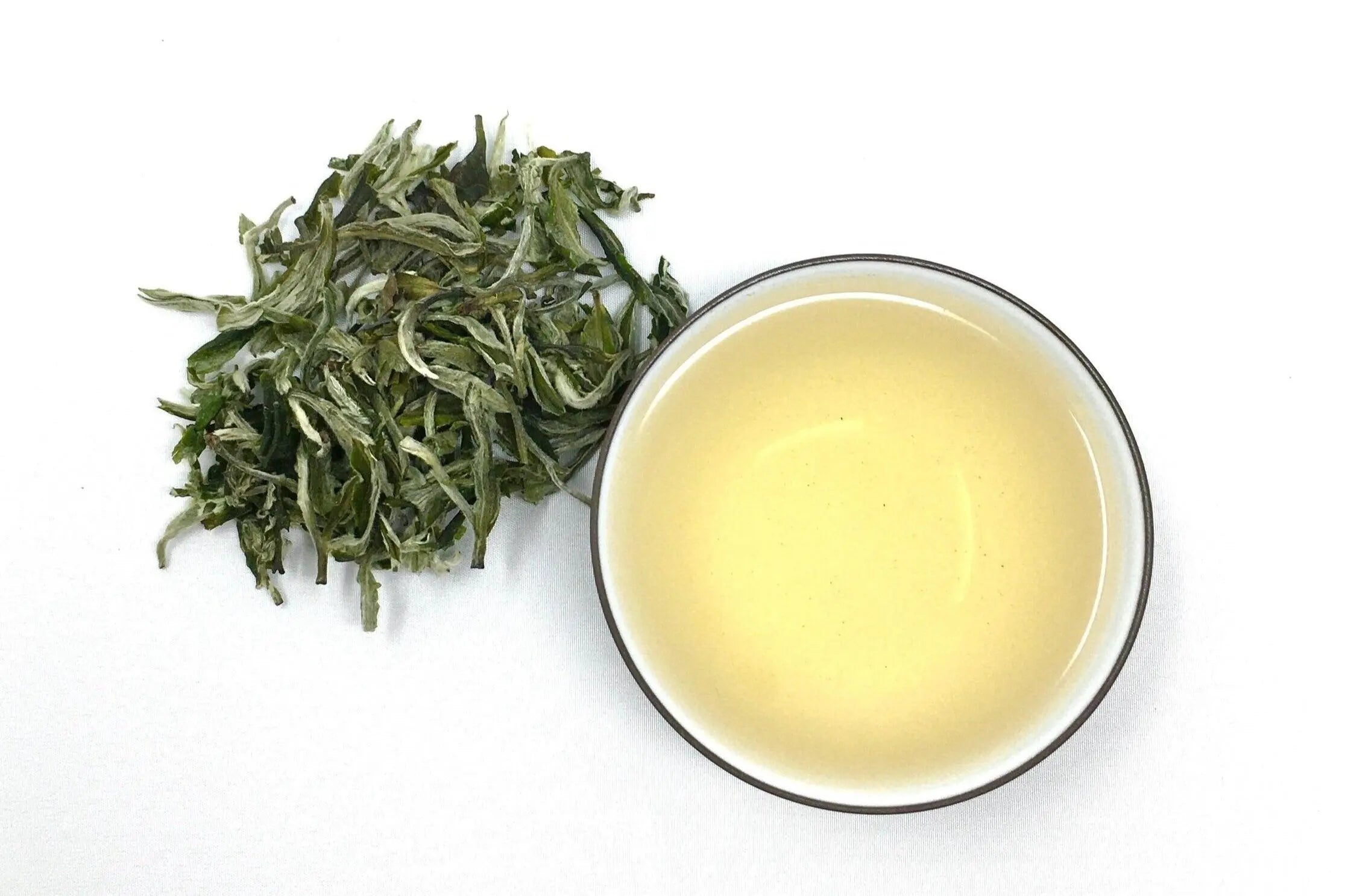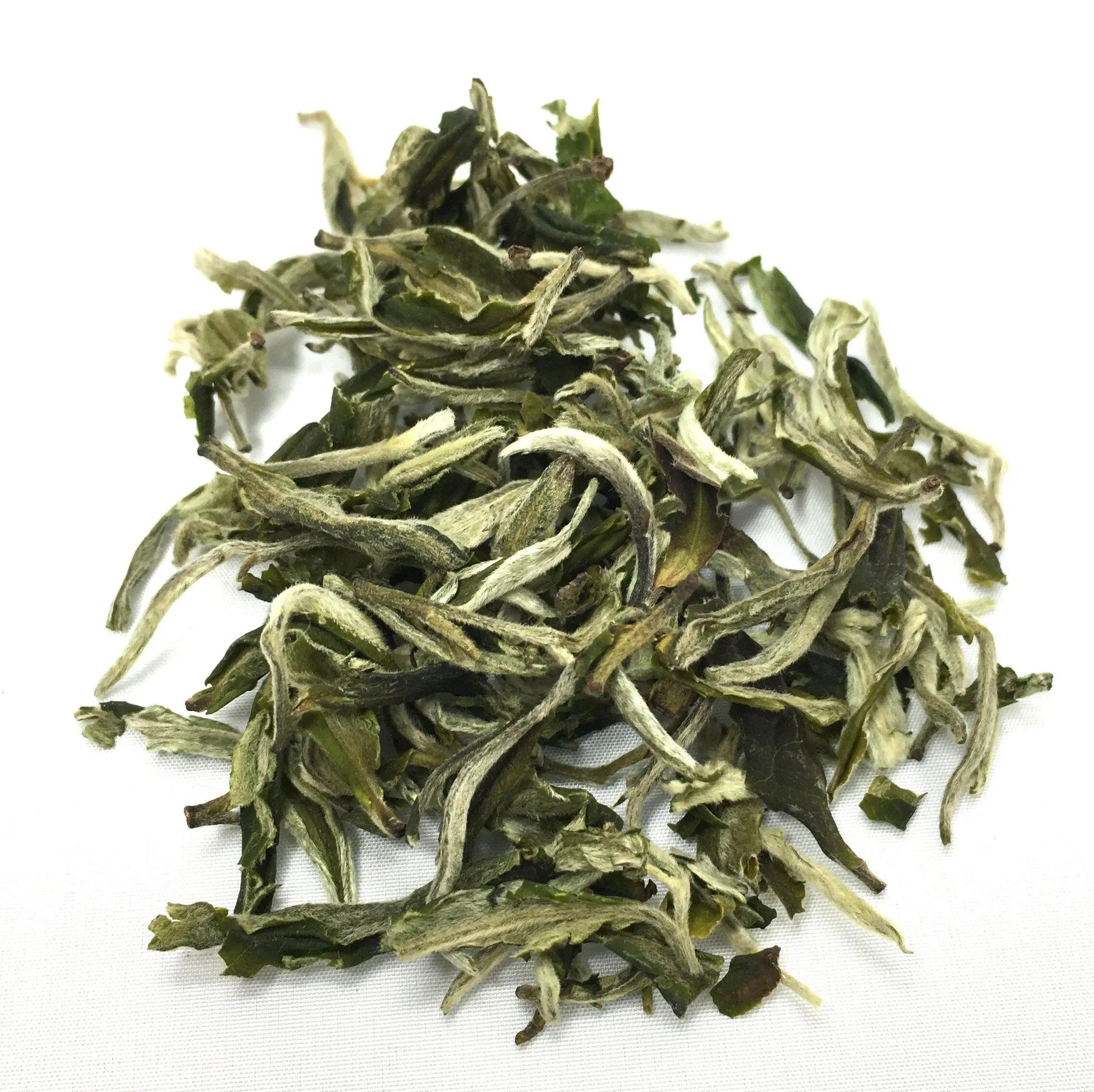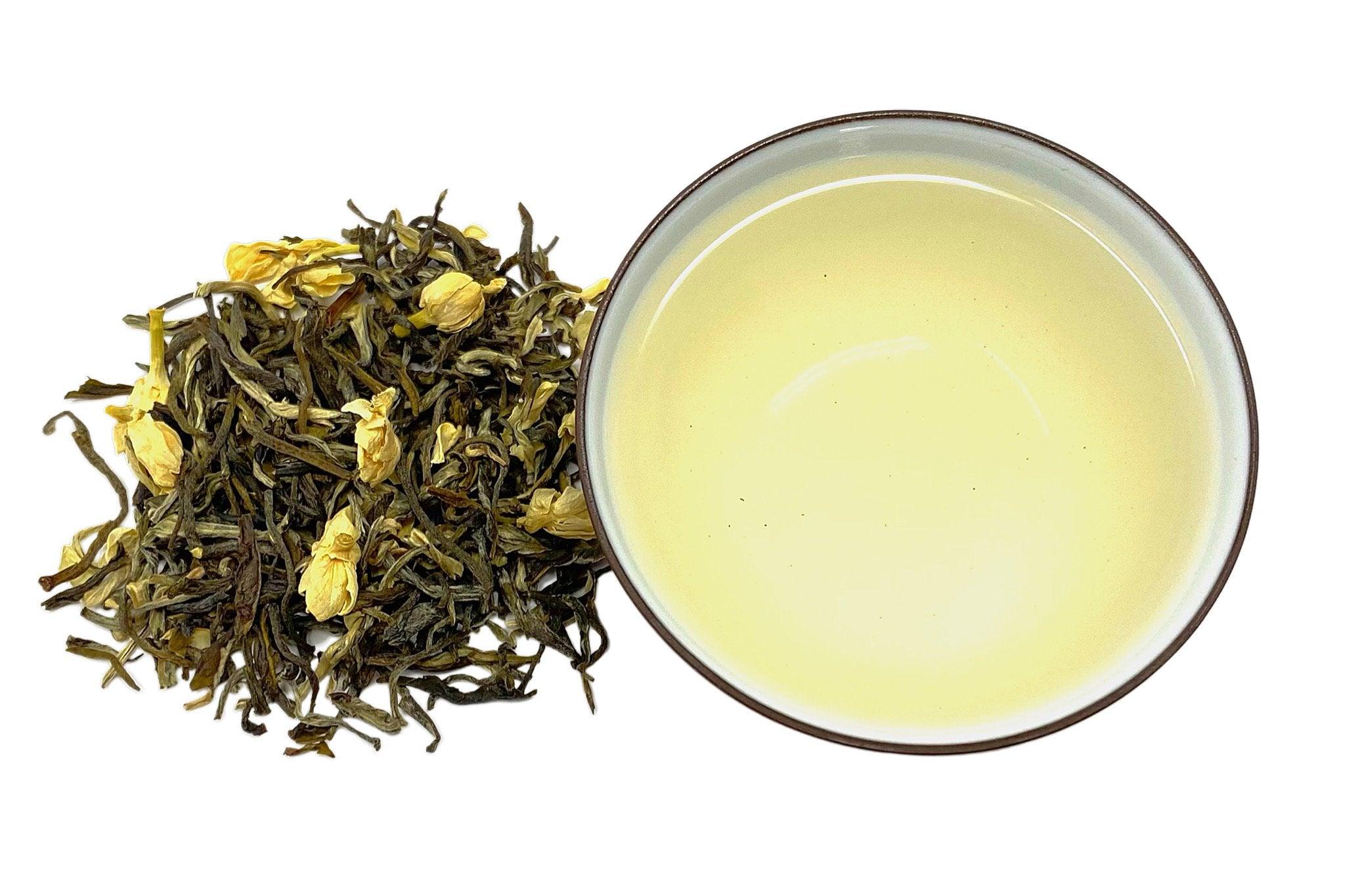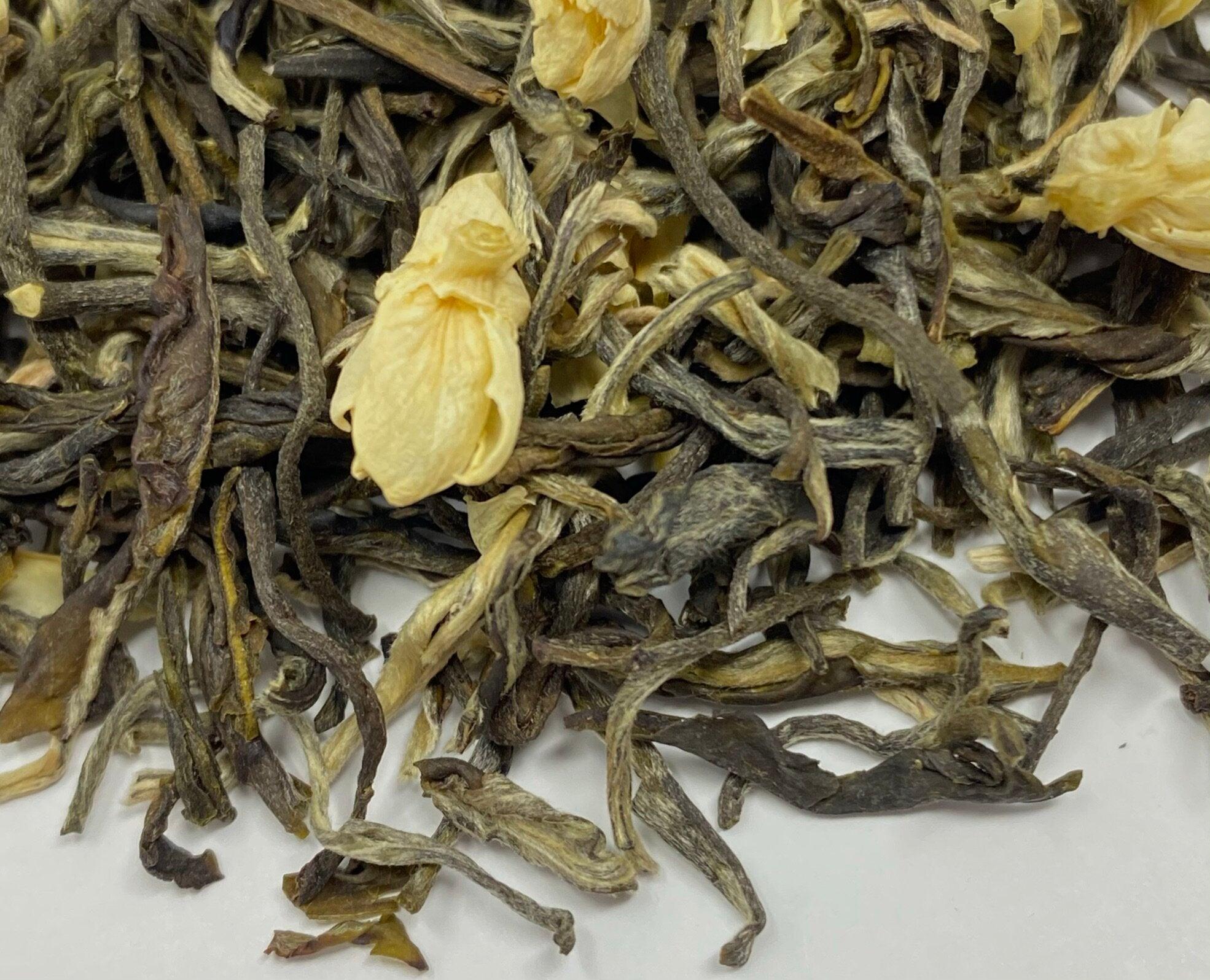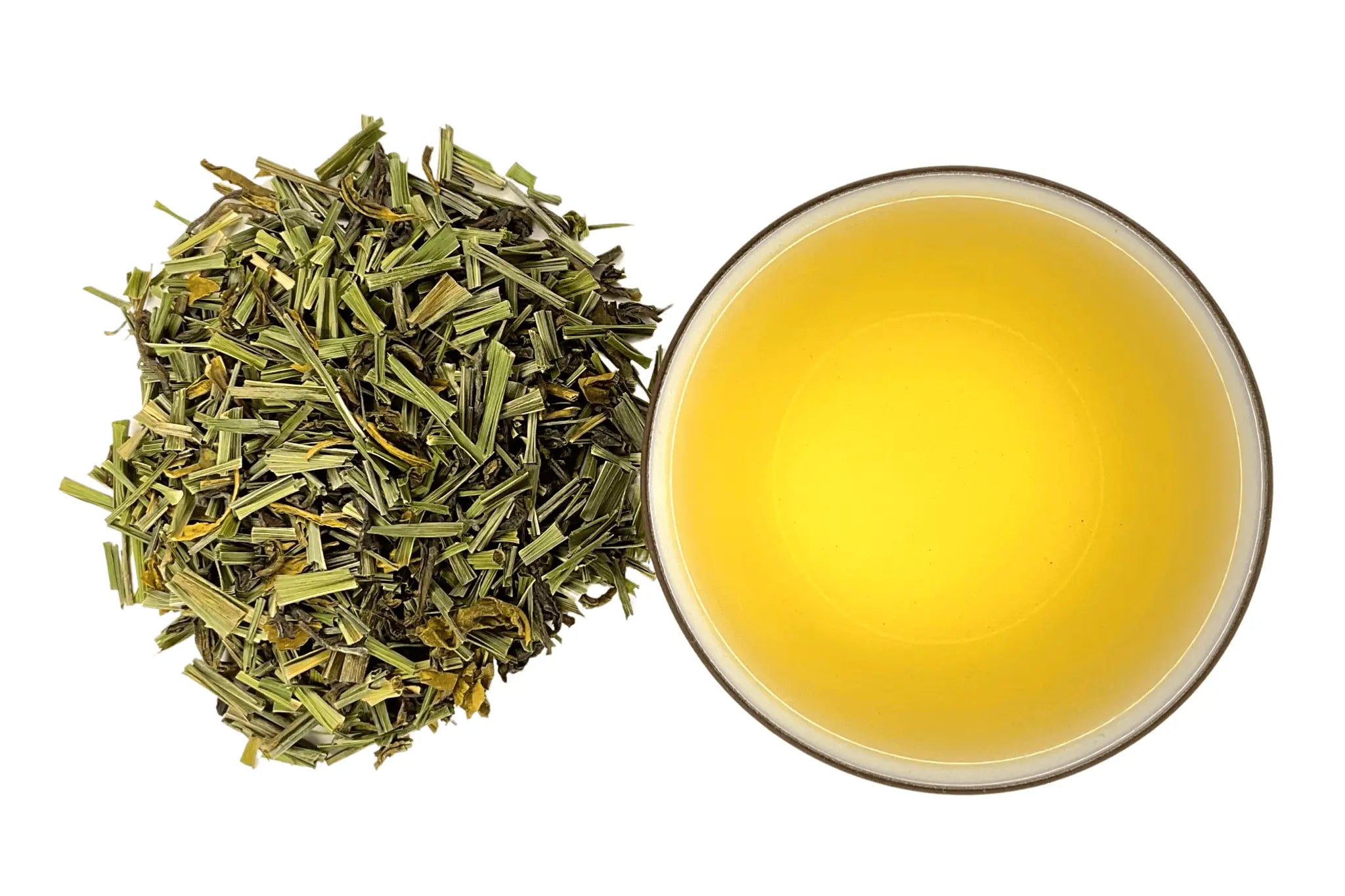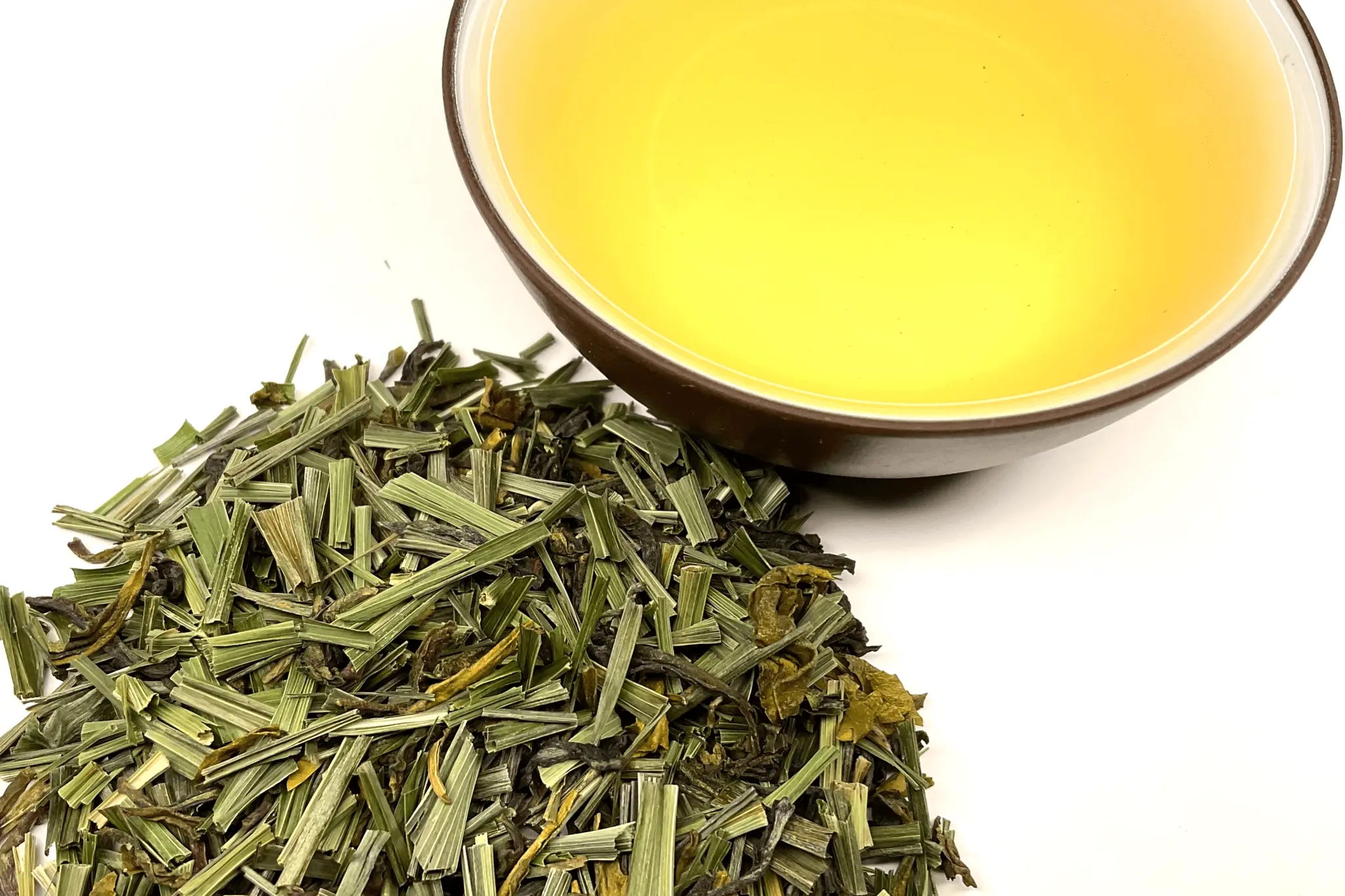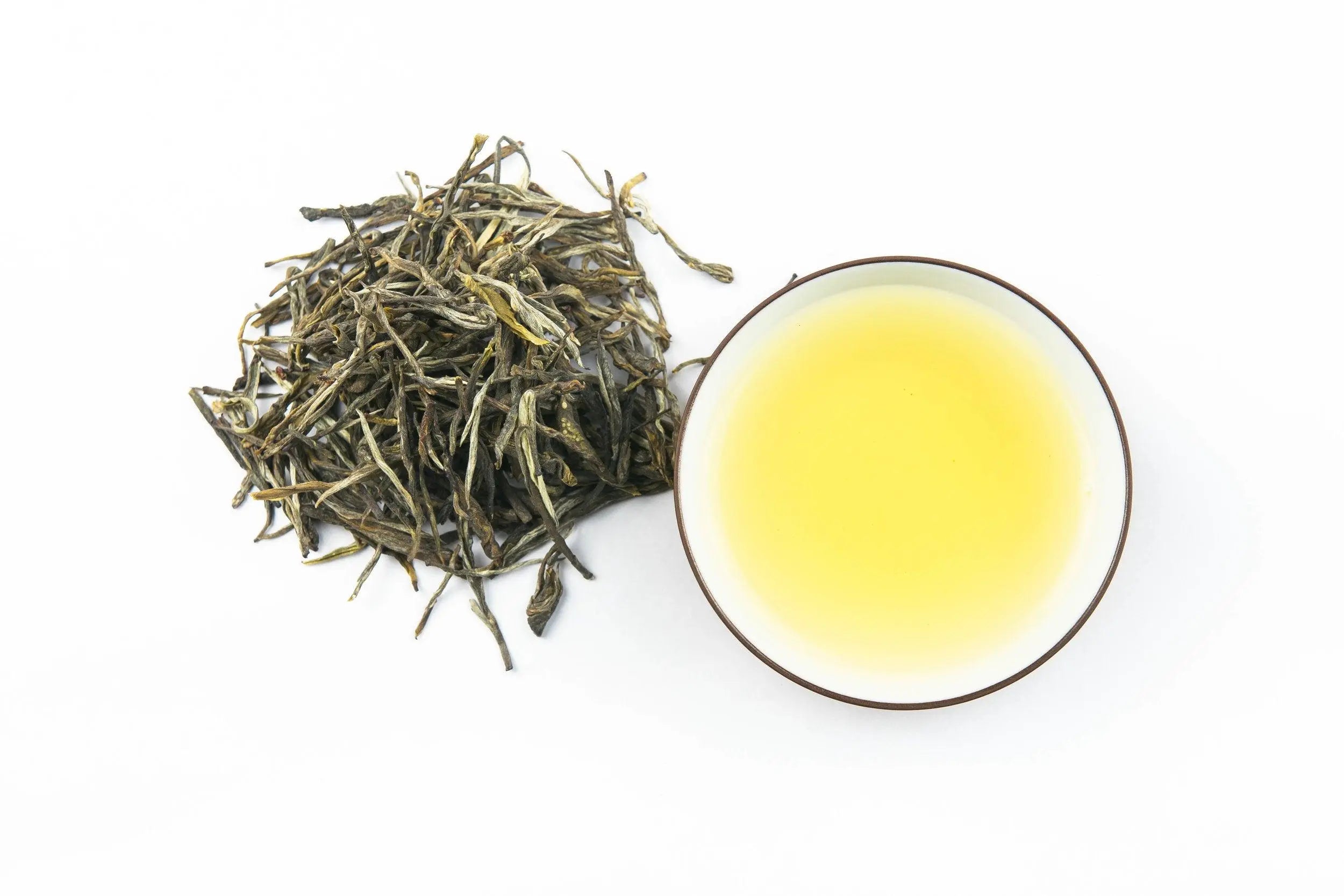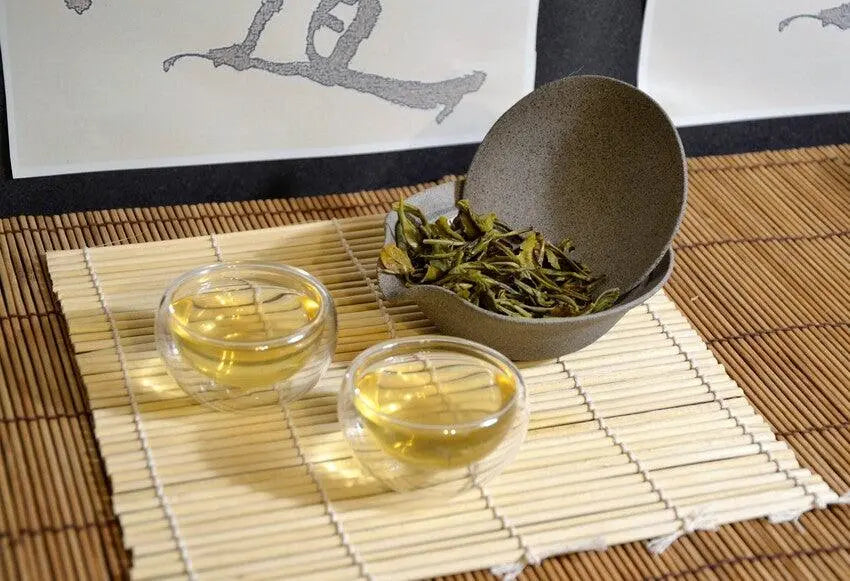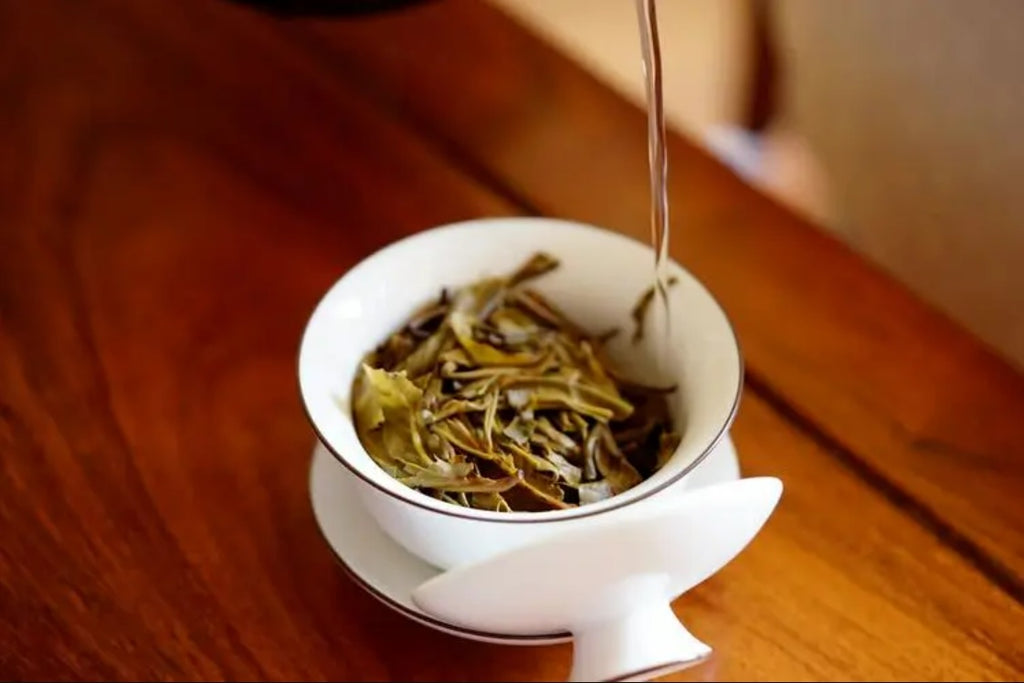
Tea Brewing

Brewing tea is a delightfully simple process that brings joy to the heart. here are the basic steps to follow:
- Heat high-quality water that tastes good.
- Add the desired quantity of tea according to your taste preferences.
- Allow the tea to steep.
- Strain the tea and savor its flavors.

As you experiment and familiarize yourself with the unique characteristics of each tea, brewing tea will become second nature to you.
Here are some general guidelines to follow:
Brewing Vessel:
Choose a teapot, covered cup, or glass and preheat it with hot water. Use a strainer to prevent tea leaves from entering your cup or spout.
Tea:
Brew loose tea instead of using small tea balls or infusers. This allows the leaves to fully open and release their flavors and beneficial qualities. As a rough guideline, use 3 grams of tea per 8 ounces of water. Keep in mind that the density of whole-leaf teas varies, so adjust the quantity accordingly. For compact teas, use approximately one teaspoon, and for voluminous teas, you can use up to two tablespoons per 8 ounces of water. The amount of tea you use will determine the strength, body, and intensity of the flavor. Feel free to experiment with the quantity until you find your perfect cup. There are no strict rules in this regard.
Water:
Start with high-quality water, such as spring water or filtered water. Tap water should be avoided as it may contain chemicals that affect the taste of the tea. Similarly, distilled or reverse osmosis purified water should be avoided as it can make the tea taste flat. Be mindful not to over-boil the water, as it depletes the oxygen and compromises the flavor. When brewing white or green teas, avoid using boiling water, as it can cook the leaves and destroy their delicate flavors.

SUGGESTED TEMPERATURES
- Black Tea: 208°F
- Pu'er: 212°F
- White Tea, Yellow Tea, Green Tea: 160-175°F
- Oolongs: 185-210°F
Steeping Time:
If you're not familiar with a specific tea, start by steeping it for a minute or two, and then take a sip. Focus on the taste rather than the color. Once the tea tastes right to you, pour off all the liquid to prevent over-steeping. Most teas can be infused multiple times, so increase the steeping time for subsequent infusions. There are no strict rules here; feel free to experiment with different steeping times. For example, you could try 30 seconds for the first steeping, 1 minute for the second, and 2 minutes for the third. Using a digital timer is recommended to avoid bitterness caused by forgetting about the tea. Let the timer remind you while you attend to other things.
Experimentation:
Experimentation is key to truly discovering the unique qualities of different teas and finding what suits your preferences. Feel free to play around with water temperature, brewing time, and the ratio of tea to water. Observe the leaves unfurl and embrace the delightful aroma. Remember, these guidelines are just that—guidelines. Enjoy the process of exploration.
Embrace Joy:
Above all, have fun in the world of tea! It's not rocket science, and you don't need to be rigid with rules about preparation and enjoyment. If you continue your tea journey, we can discuss more intricate brewing methods that require careful attention. Tea can be incredibly meditative, a wonderful way to start your day, and a fantastic tool for finding inner peace amidst a busy schedule.

